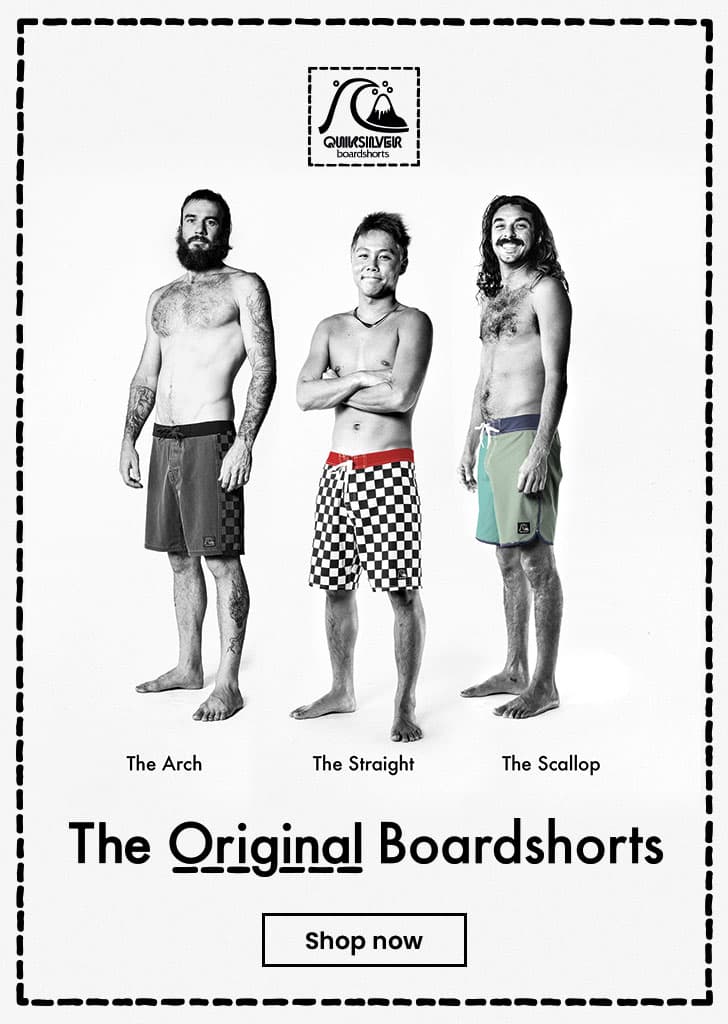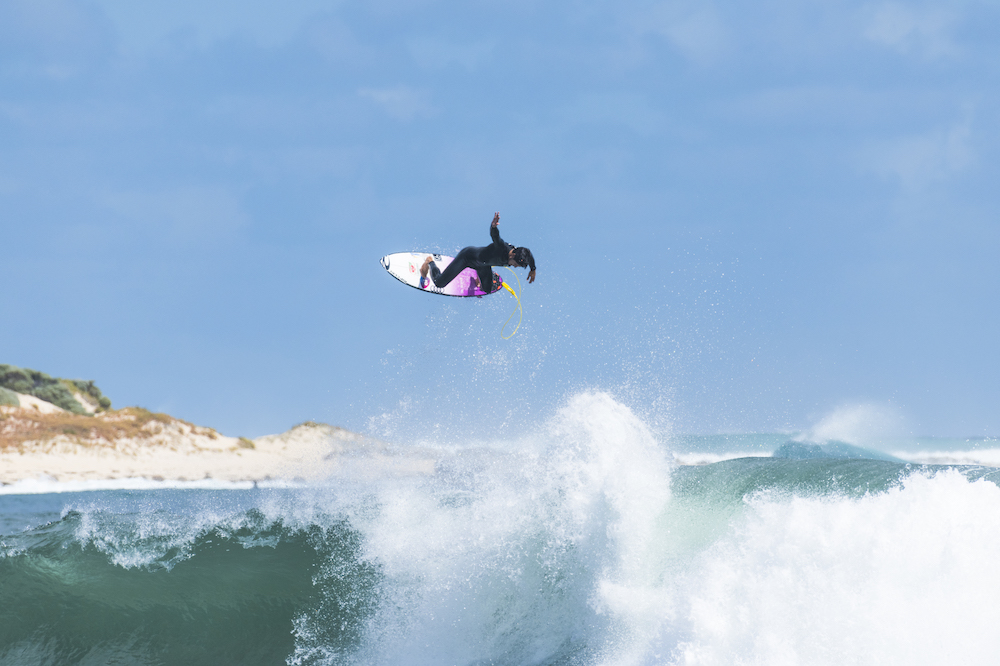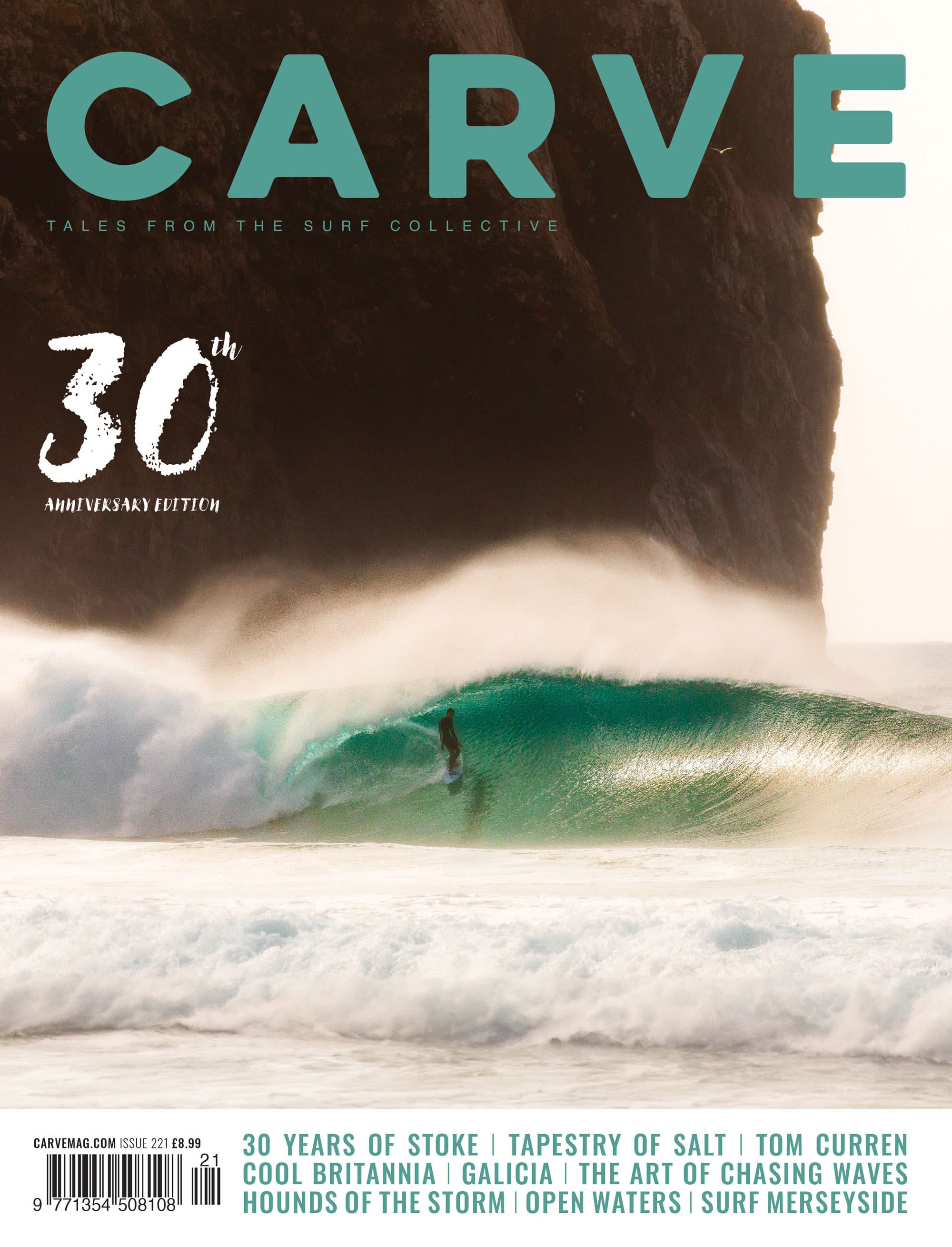This is an article where we are going to tell you the truth about wetsuit buying. Lots of suits are being taken to surf shops and traded in because surfers, left to their own devices, have bought the wrong size, cut, or thickness.
Our 2020 summer wetsuits guide is now online here
We often get asked for advice on which is ‘the best wetsuit’ but the thing is wetsuit manufacture has changed so much over the years and there are now so many price points, cuts and types of neoprene buying a wetty is a complicated business. There are amazing products out there, all the suits in our guides are top class, BUT to get the best wetsuit for your surfing you have to get them in your grubby little mitts, and you have got to pay attention. Here is why..
Why don’t we review suits?
Firstly better get to grips with this often asked question. After 25 years contemplating how we could achieve a proper and fair review, the simple answer is: we don’t have the time.
The truth is any suit will feel warm and stretchy on it’s first few surfs. So to truly test a wetty you have to wear it for six weeks to see if it starts falling apart. Which you need to multiply by the many brands involved.
Secondly there are too many variables. We are all different (shapes and temperature tolerance), suits have different cuts, thicknesses etc. It would be an impossible task to get right. So what we want to do is give you the info you need so you can then decide for yourselves.
What they don’t tell you about the labels.
What you have to remember is that all wetsuits are not created equal. The standard labelling of 5/3, 4/3 or 3/2 serves as a rough guide but is pretty much a redundant term when it comes to the nitty gritty of actually choosing a wetsuit. This is because what some companies call a 3/2 is complete different than another companies 3/2. When buying a wetsuit you have to compare like for like, and these days that means picking them up and trying them on.
What they don’t tell you about neoprene.
In the old days a ‘standard’ 3/2 would have over 70 percent 3mm neoprene with 30 percent 2mm behind the knees, on the lat panels, shoulders and anywhere you needed stretch. These days a 3/2 could have as little as a 10cm squared 3mm chest panel on it and it can still be sold as a 3/2. The reason? No trade standard and no approved kite mark system. The second big deal with the 3/2 category is that the numbers 3 and 2 don’t have to refer to the actual neoprene thickness. They could refer to the thickness of the neoprene and lining combined. Hence one persons 3mm can vary up to 1mm from another. For example: it could be 2mm of neoprene with a 1mm lining. Some companies will say a 3mm neoprene with 1mm lining should be called a 4mm suit. Some say you should only measure the neoprene thickness. We are with the latter. It is the original standard and generally accepted.
What they don’t tell you about linings.
As neoprene usage can vary so too can the linings. Heat retaining water repelling linings are the bomb, however they do not replace neoprene thickness and coverage which is the number one factor in a wetsuits insulating value. The second thing with lining is that the labelling doesn’t actually tell is you how much of the stuff you get in a suit. It can vary from a generous 80 percent to a 10cm square patch. Turn them inside out and have a good look.
What they don’t tell you about cuts and models.
A common purchasing theme emerging these days is for lazy surfers to click and buy a certain brands wetsuit model because they know the cut fits them and they were happy with the suit the last time they bought it. Be aware that the design process is so flexible these days a model’s neoprene thickness and coverage, the lining coverage and cut can change from one season to another. Always check this before you buy. A 0.5mm reduction in neoprene thickness can lead to a 20 percent saving in the suits manufacturing cost. It could be tempting to reduce a little here and there.
What they don’t tell you about price.
In general you get what you pay for, and there will be a trade off for top end features, neoprene against price. But you don’t always have to pay top dollar, in fact there are some amazing suits out there that are not in the high end of the price bracket. They may use slightly older technology (maybe just last years), but sometimes this is better proven and harder wearing.
What they don’t tell you about size charts
Size charts. Amazing aren’t they? Just measure your height, chest and waist…Well, no, it’s not that simple. Most good retailers completely ignore size charts.
While people will try and tell you that wetsuits are so stretchy these days they will fit every body size and shape, this is patently untrue sales talk. A vertically challenged person can have the same chest measurement as a giant seven foot beanpole yet their nipples are four feet closer to their crotch. See the problem?
We are not all the same shape. Entry systems and neck closures for example are notoriously difficult to get a good fit on, and that leads to all sorts of problems.
Also wetsuits are different cuts. Some are cut for lanky youths, some are cut for the more well proportioned. Add to this the fact that every wetsuit manufacture has different size range and cut and you can see why you have to try them on to make a decent comparison and find the best fit.
Fit is everything…you’d have to be a complete muppet not to try several suits on before buying the one that fits you.
The actual shopping bit
So having armed you with that knowledge, how do you buy a wetsuit? Here is our 16 point guide to buying from a shop.
1. Check our guide, decide how much you want to spend and read up on all the wetsuits in that price range.
2. Find a proper long standing, respected surf shop run by helpful surfers that stock a good selection of wetsuits.
3. Tell the sales guy what you are looking for and then work together and pick up three suits in your budget from made by different brands.
4. Check and compare the neoprene thickness and distribution. Are you happy with it. Do you need to reconsider you budget? Do you need to check a more expensive suit to make sure.
5. Turn the suit inside out and check the firewall or similar for it’s distribution.
6. Check the warranty and ask the retailer for feedback on each suit.
7. Try the suits on. Ask the sales assistant’s opinion on the fit.
8. How do they feel? Comfy? Too tight? Note which is the best fit.
9. Reach up and then touch your toes, crouch and twist to check the fit and stretch in each suit. It shouldn’t be too restrictive, but remember the number one job of a wetsuit is to keep you warm.
10. Check how the neck fits and if there is any ‘tug’ on the front when you bend forward. If there is you may need the next size up. The shop assistant should be able to tell you.
11. Are you happy with the neck, wrist and ankle seals?
12. Are you happy with the entry mechanism?
13. If you are happy pick the wetsuit that fits best.
14. Hand over your cash. If you’ve seen a better deal somewhere tell them. Haggle if you must. Under no circumstance should you try wetsuits on and then go home and buy online. If you have done this then shame on you. If the shopkeeper and assistant has spent time finding you the correct wetsuit then you owe it to them to buy. Do all your research beforehand and don’t waste time.
15. Go put your wetsuit on and roll about feeling the rubber love… Leave the shop first though!
16. Where ever possible support your local surf shop. They are priceless facilities, showrooms for gear where you can go and get your hands on stuff, compare and get face to face advice from surfers. You will miss them if they go. Use them or lose them.
Here is our three step guide to buying online
Read the guides and pick your suits, ask around.
1. Get three wetsuits sent through from the supplier in the same size by different brands.
2. Repeat steps 4-13 from above! Make sure it fits properly though! Lots of suits are being taken to surf shops and traded in because surfers, left to their own devices, have bought the wrong size, cut, or thickness. Ask a mate if your bum looks big in it if you have to.
3. Do not go into surf shops, try them on and go home and try and find a deal on the Internet. If all of you did this your ‘surfing showrooms’ would disappear.
Our 2020 winter wetsuits guide is now online here






